7 Best Algae Eating Snails
Posted by on 4/26/2024
If you're battling algae in a freshwater tank, then recruiting the help of algae-eating snails is one of the best decisions you can make. While these adorable-looking invertebrates may be slow, they'll work around the clock to keep your tank in tip-top shape.
In this post, we'll recommend 7 algae-eating snails that can keep an algae outbreak at bay.
December's Giveaways on Light Fish
Our Favorites
Hobbyists new to keeping snails should be aware that these inverts are highly susceptible to poisoning from copper. While most hobbyists will not have anything copper-related in their tanks, it's important to know about this dangerous combination.
Now that we've covered the copper issue, let's get into some of our favorite algae-eating snails.
Nerite Snails
Arguably the best algae-eater on our list has to be the classic Nerite snail. There are two types of nerite snails found in the hobby, horned, and non-horned, with the horned variant being the smaller of the two. Hobbyists will find these snails displaying a variety of shell patterns, from zebra stripes to the rare "racer" pattern. Best of all, these snails won't breed like crazy, so hobbyists won't get their tanks overrun by these wonderful invertebrates.

Assassin Snails
The uncommon assassin snail sports a bee-like color pattern, and these snails are often in high demand by hobbyists who need their assassin-like abilities. These snails are known for attacking other snails that roam around the tank and are often introduced to get snail populations under control. While assassins won't consume as much algae as the previously mentioned nerite snails, algae is still part of their diet, making them a great tank addition for hobbyists.
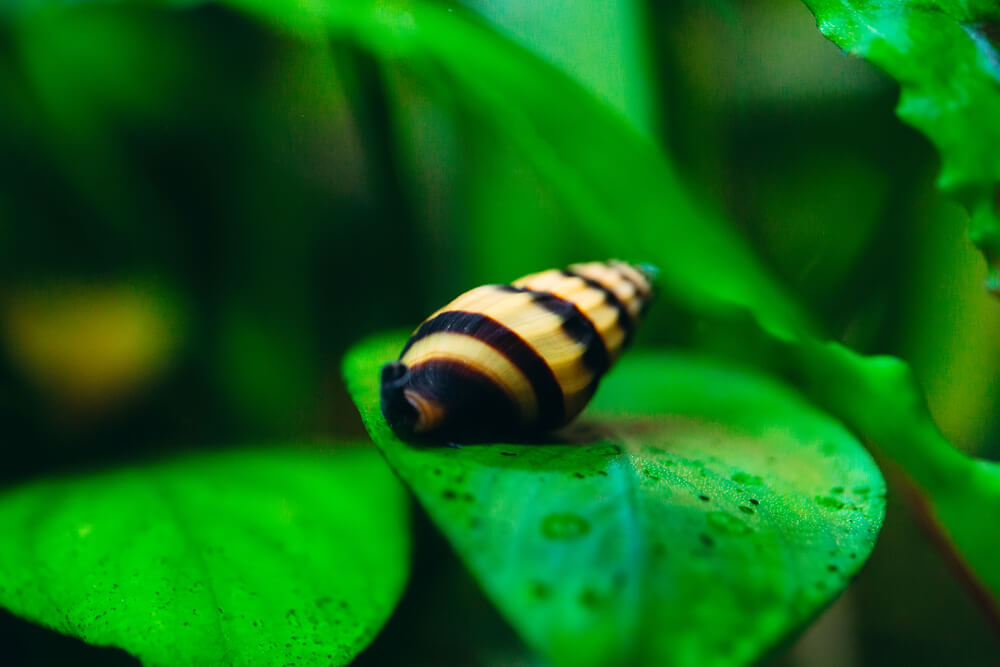
Mystery Snails
One of the largest-sized snails has to be the South American Mystery Snail. Full-grown mystery snails can grow to about 6" inches in diameter and are known for being some of the most active snails in the hobby. Hobbyists will spot these snails cruising around their tanks, scavenging any leftover food sources. Mystery snails come in a wide variety of colors, with some of the most commonly found being yellow, blue, and white ivory.
👉 Shop Blue Mystery Snail ($10) from GlassGrownAquatics
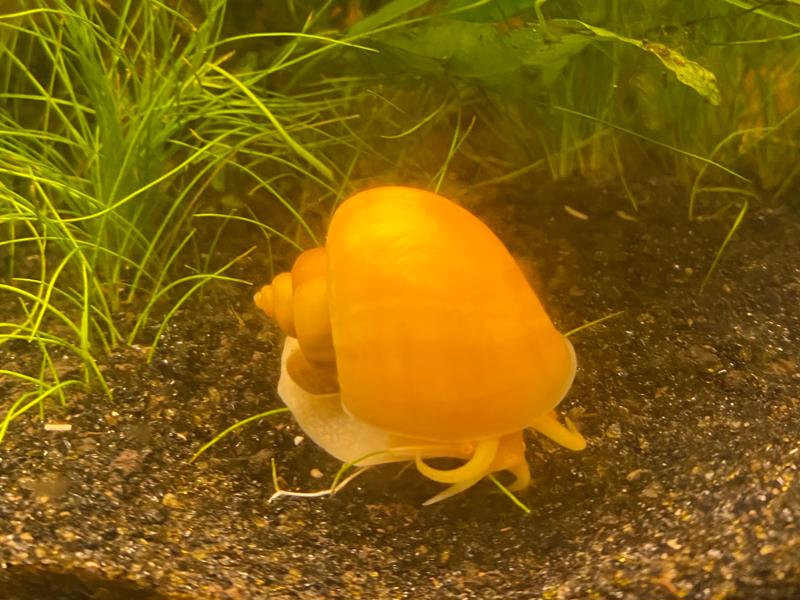
Rabbit Snails
Hailing from the island of Sulawesi, the same location that's home to the gorgeous Sulawesi Shrimp is the Sulawesi Rabbit Snail. Often referred to simply as the rabbit snail, these rare freshwater inverts are incredibly striking, with a bright-orange colored body and dark-colored shell. While these snails are often pursued for their appearance, they're also known to consume algae, making them an excellent option for those lucky enough to get their hands on some.
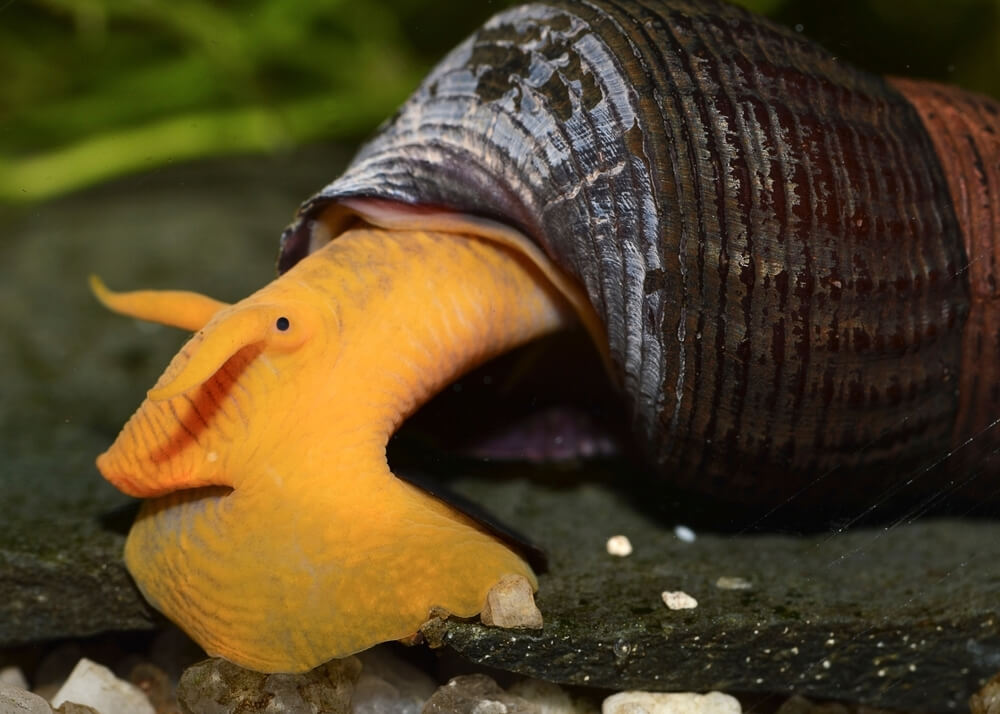
Ramshorn Snails
Next up on our list are ramshorn snails. These small snails come in a variety of colors, with some of the most sought-after being the bright red or deep blue color variants. Ramshorn snails are quite tiny, and adult shells are typically only ¾ of an inch in diameter. Named after their close appearance to Ram's horn, these snails have a bit of a controversial reputation. They breed frequently in an aquarium, especially when there is an ample supply of food (even leftover fish food!) If population size gets out of control, then you may need a few of the previously mentioned assassin snails to help you out.
👉 Shop Pretty Pink Ramshorn Snails ($45) from PKEndlers
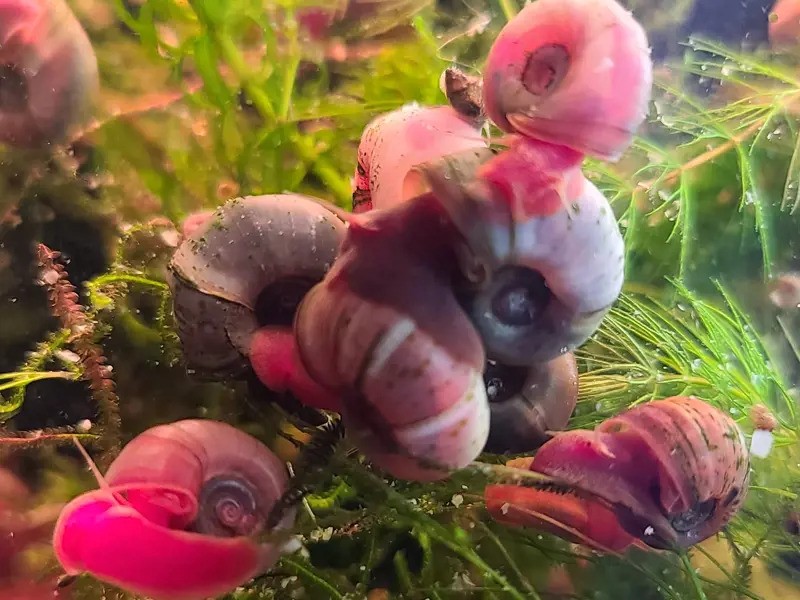
Japanese Trapdoor Snails
One of the most interesting snails on our list has to be the Japanese Trapdoor Snail. These snails have an operculum, a plate-like structure that can protect the body of the snail, acting as a "trapdoor". Hobbyists in the United States will want to double-check their legality, as some states have outlawed them due to the risk they pose if introduced into local waterways.
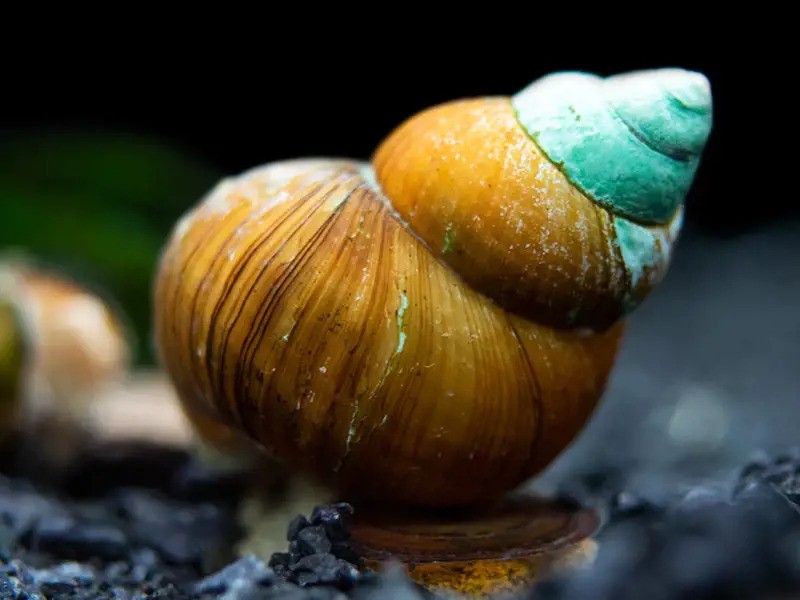
Bladder Snails
Probably the most notorious snail on our list is the bladder snail. These snails are often accidentally introduced into an aquarium, often hitchhiking a ride on an aquatic plant. Only a few small-sized eggs are needed for bladder snails to take over a tank. Opinions vary on bladder snails. Some hobbyists don't mind them as they are beneficial to a tank since they consume algae and aerate the substrate, but others balk at their gray-colored appearance and propensity to breed. Hobbyists looking to get a bladder snail population under control should limit any potential food sources, or introduce a few assassin snails to curb the population growth.
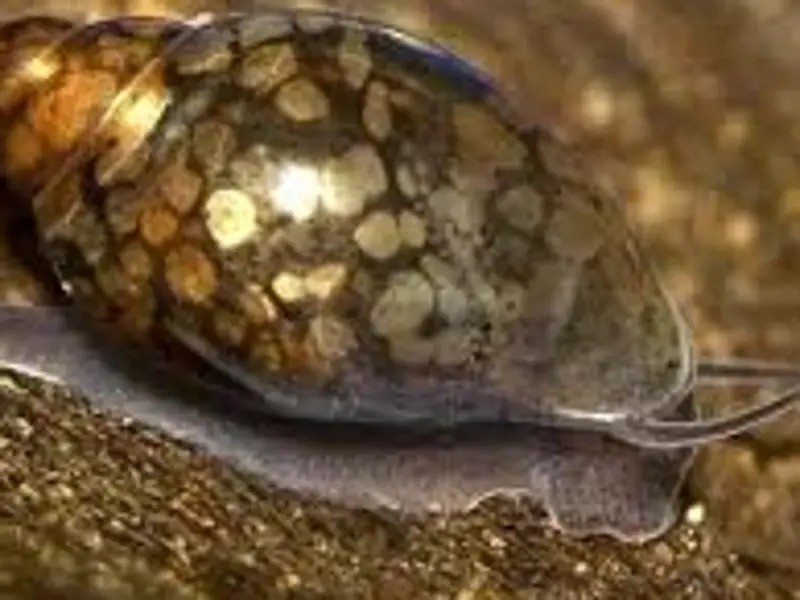
Conclusion
That wraps up our list of our 7 best algae-eating snails. Did we miss an aquatic snail that didn't make the cut? Let us know in the comments below, and be sure to check out our marketplace, where you can buy and sell anything related to fish tanks with other hobbyists.
December's Giveaways on Light Fish


